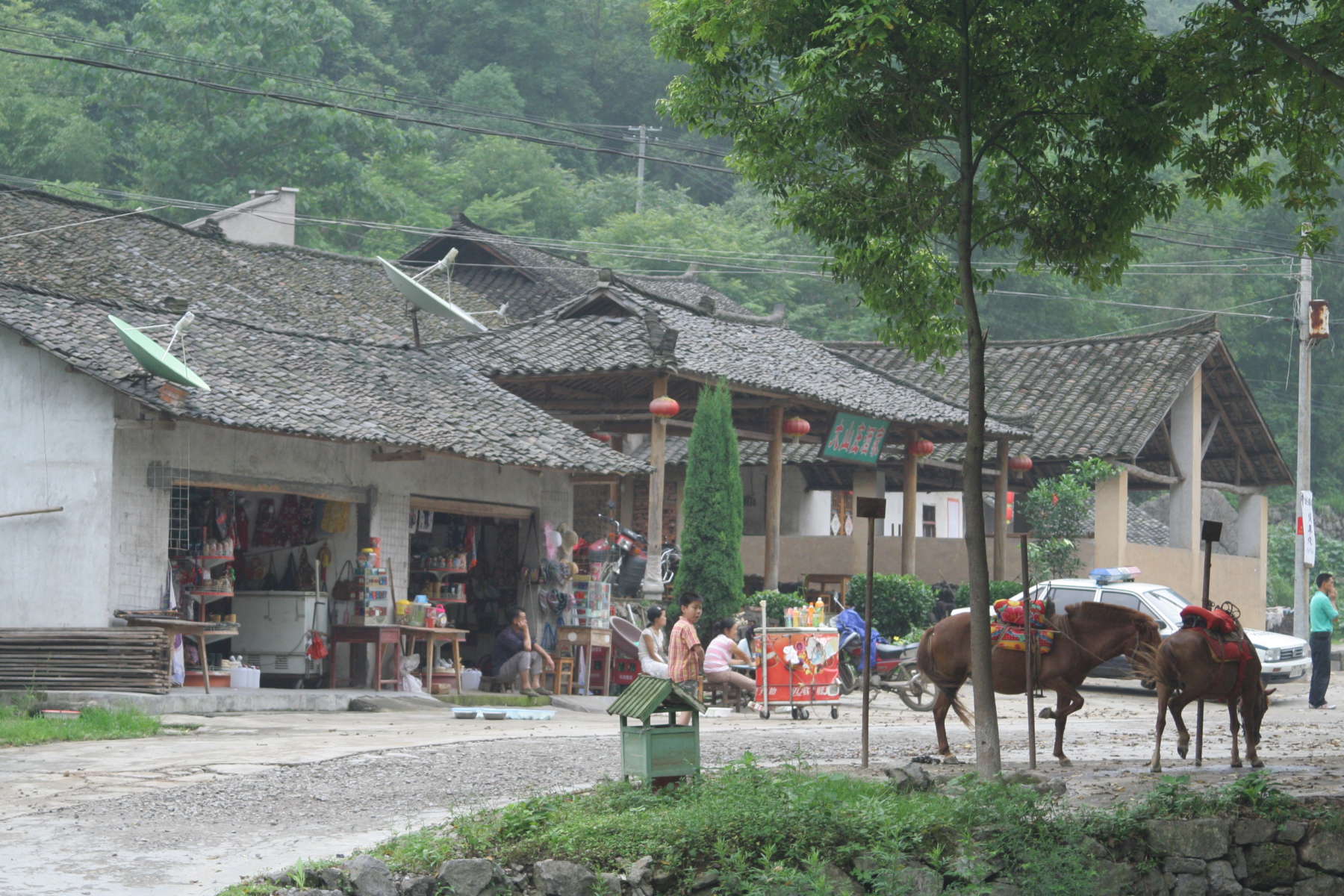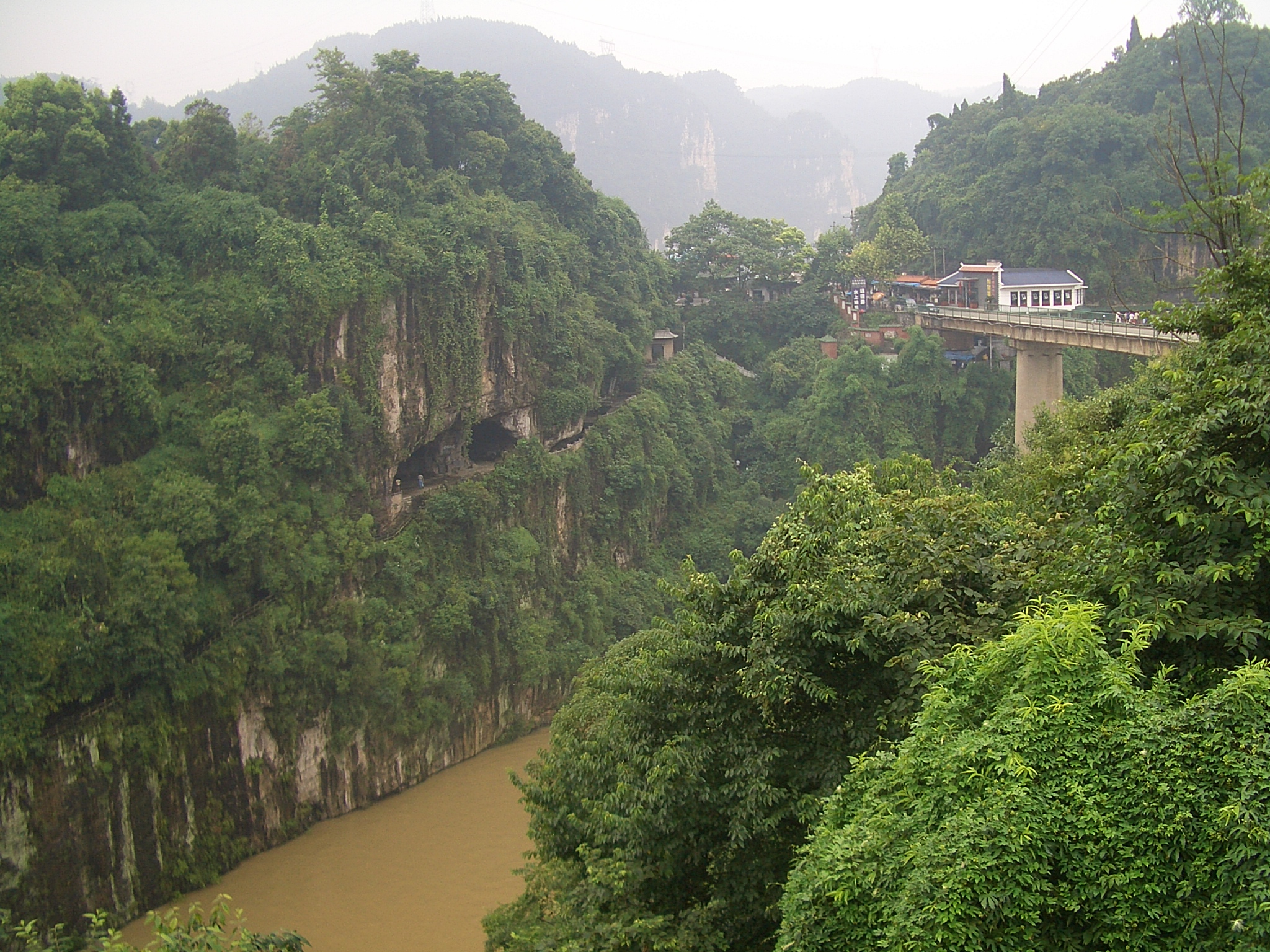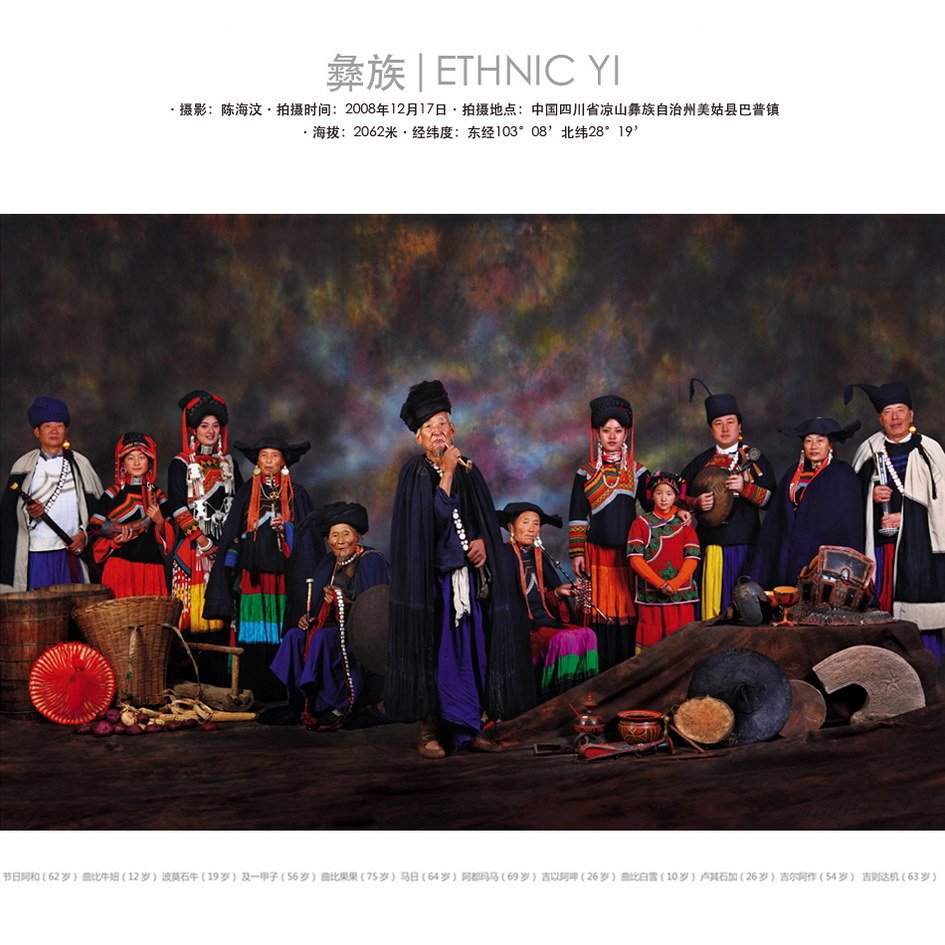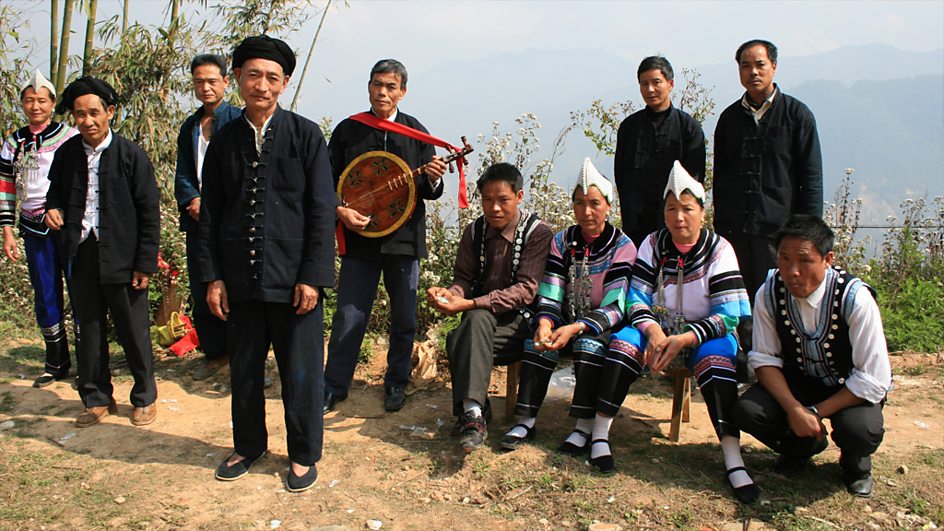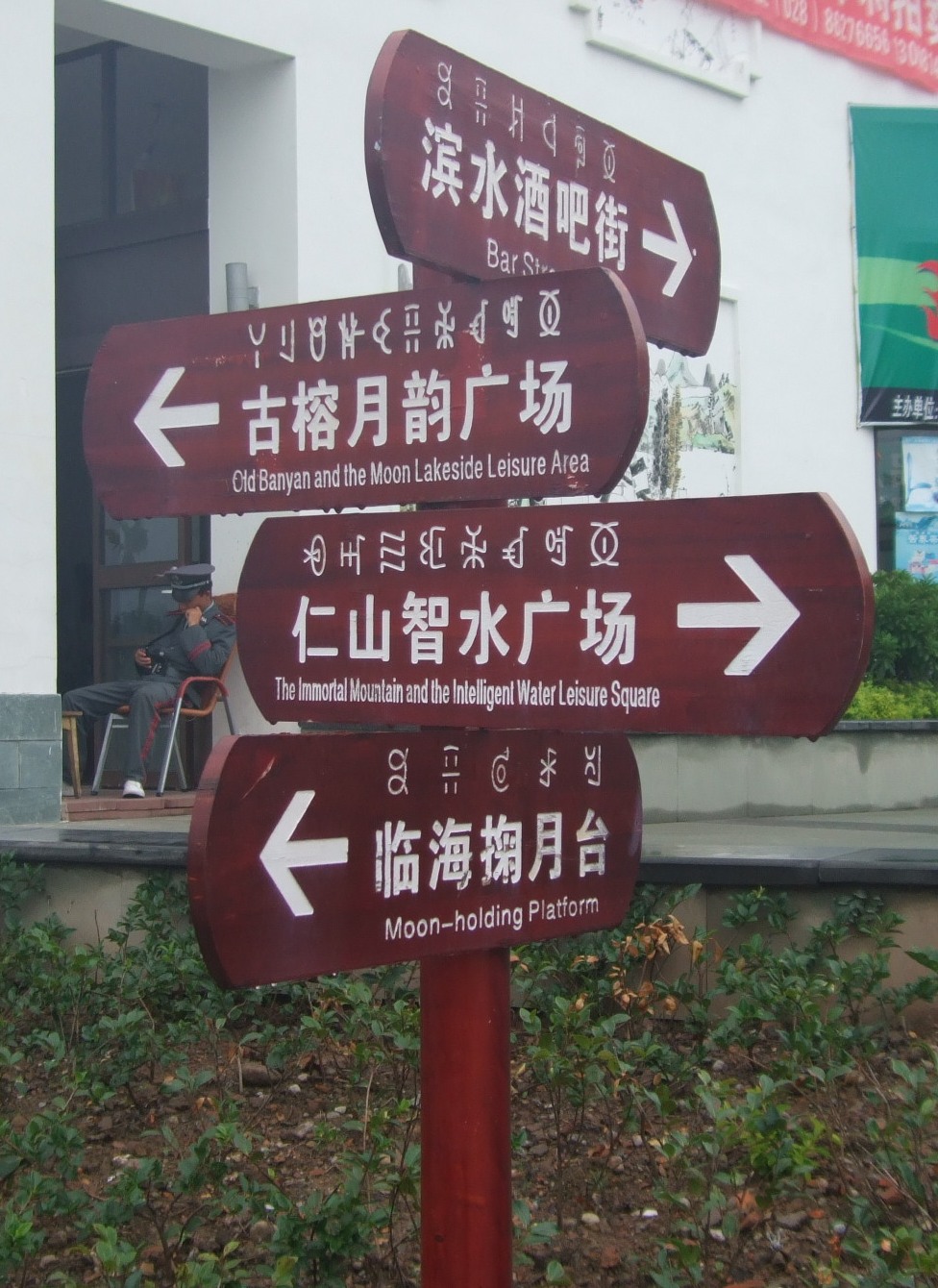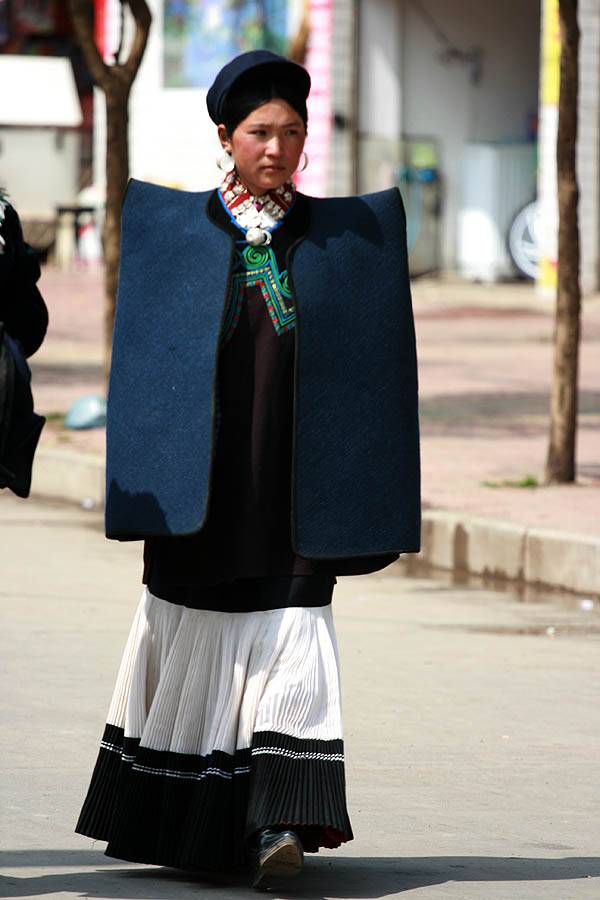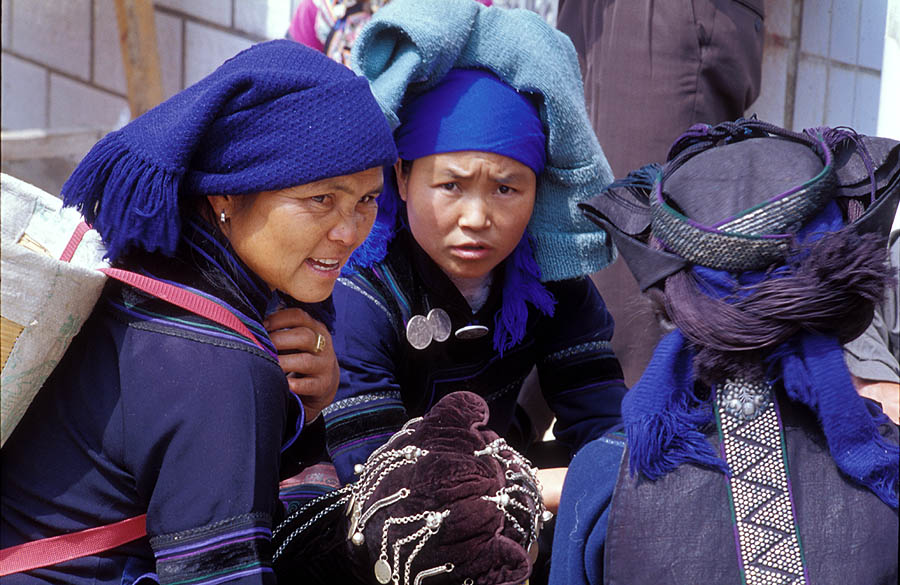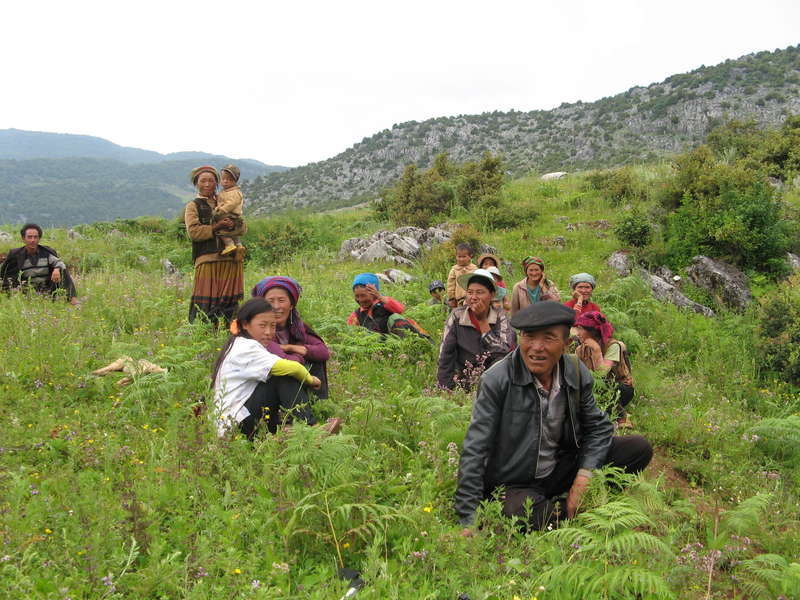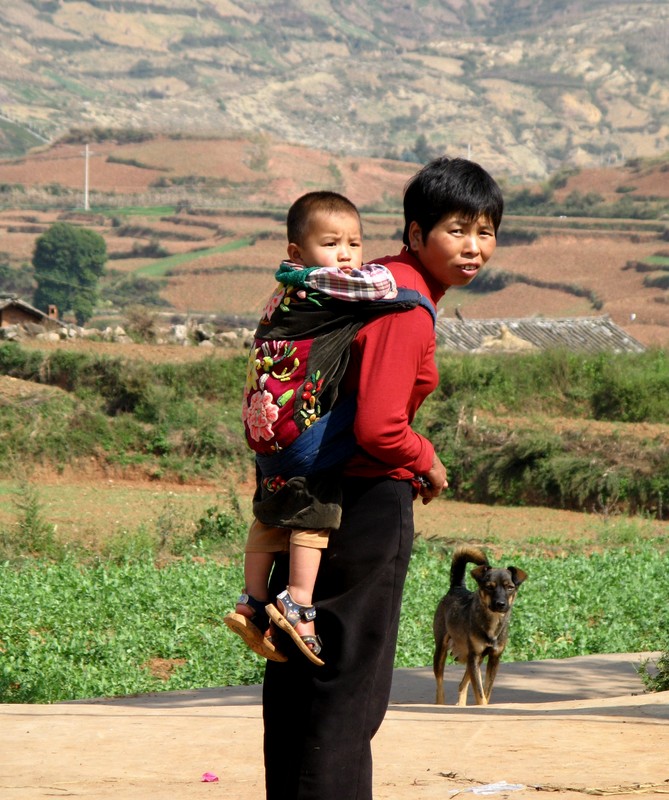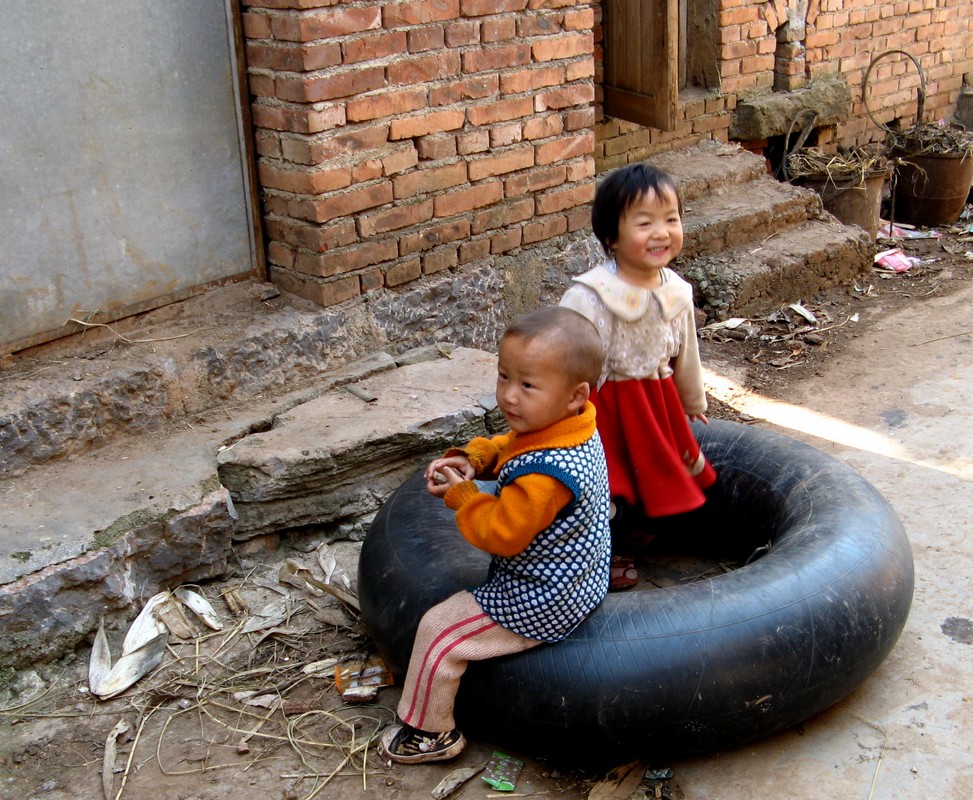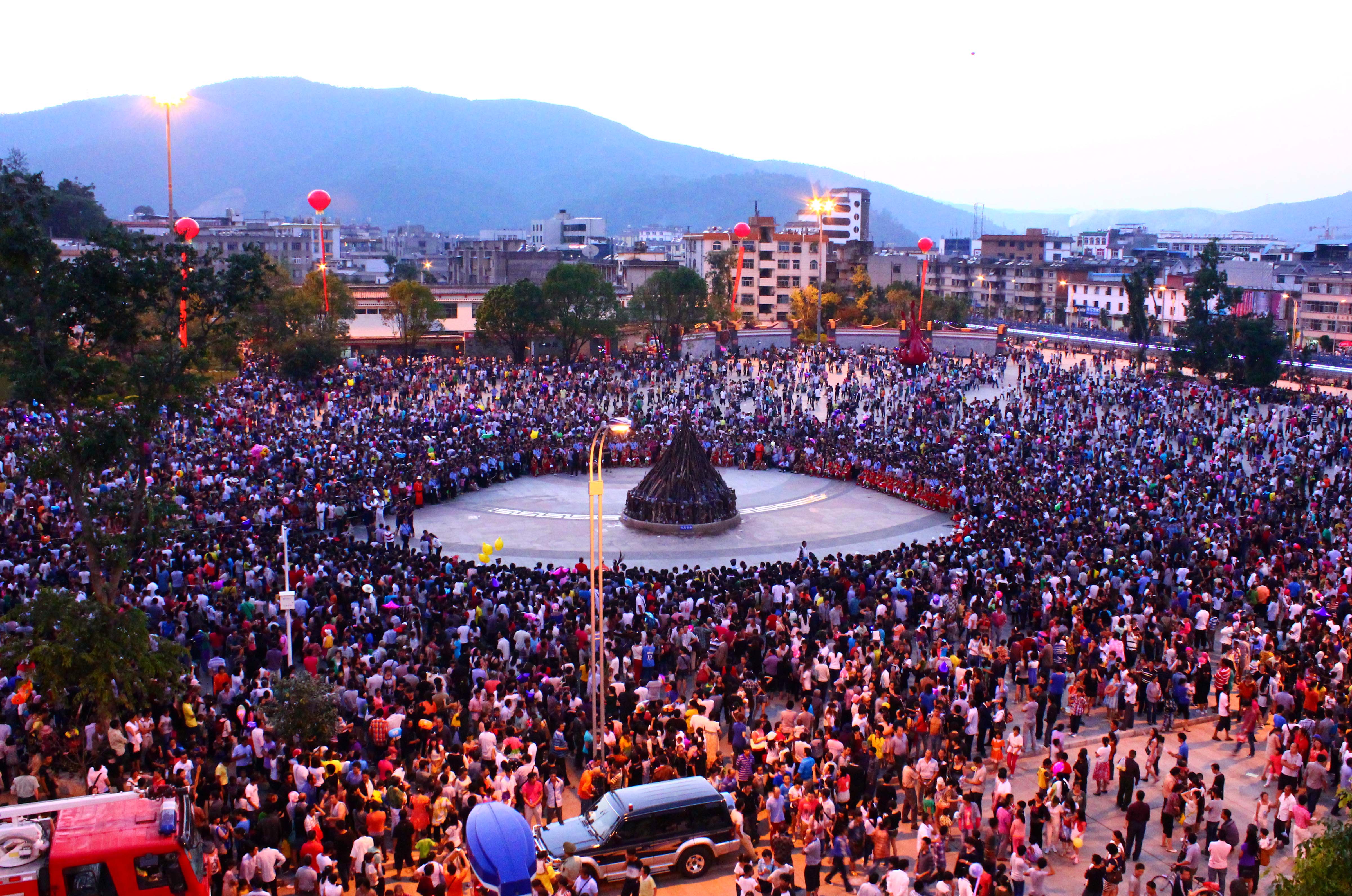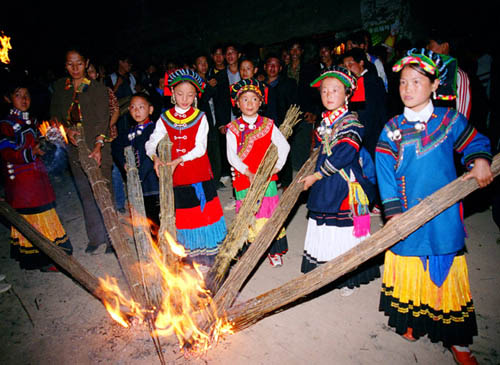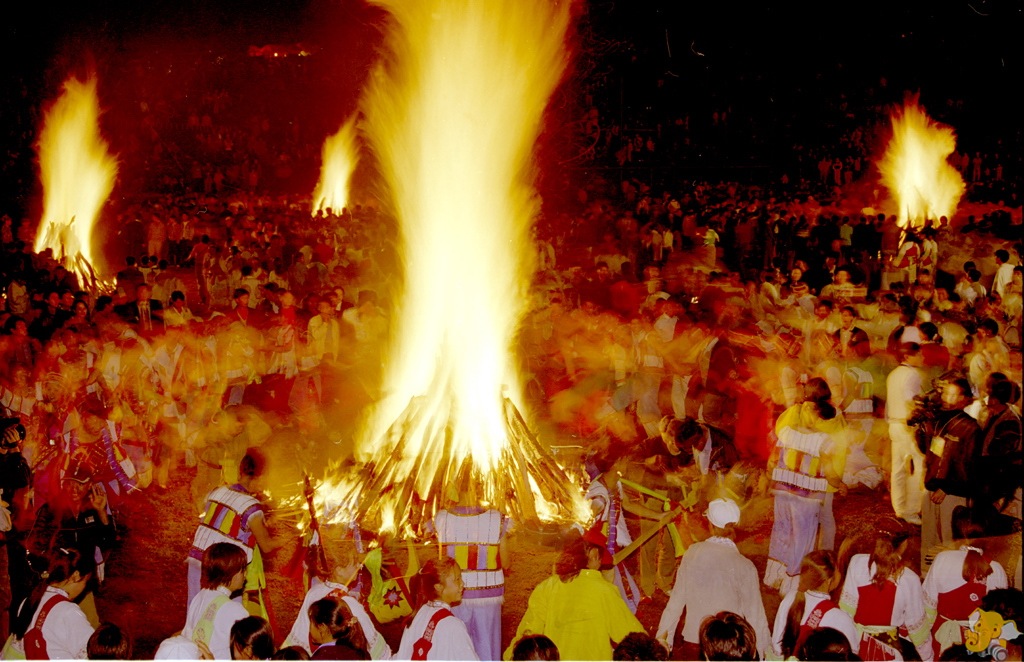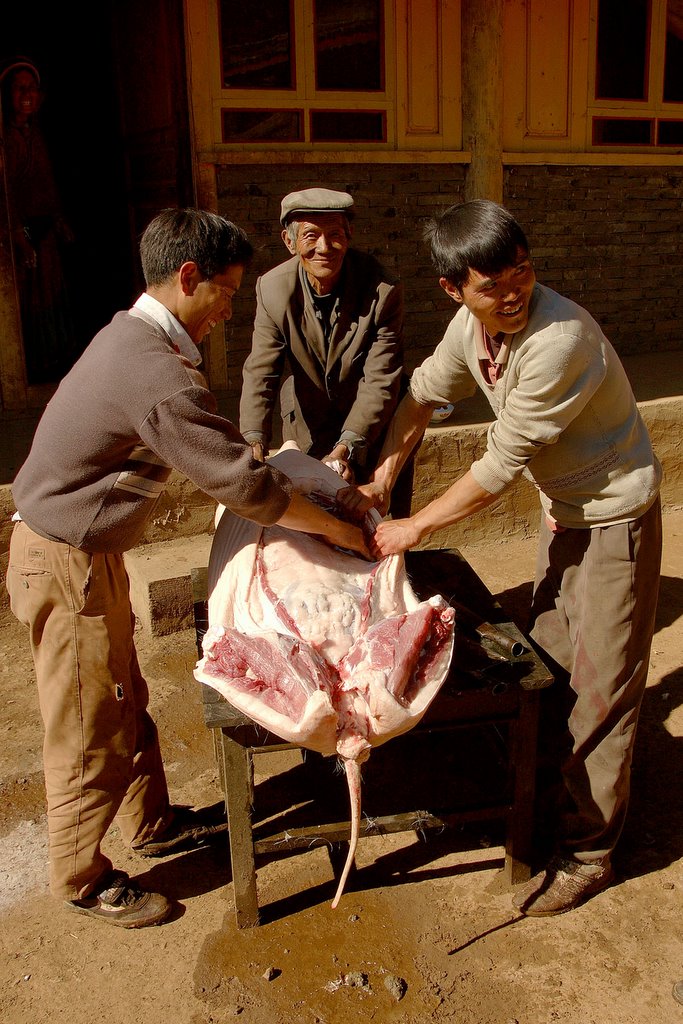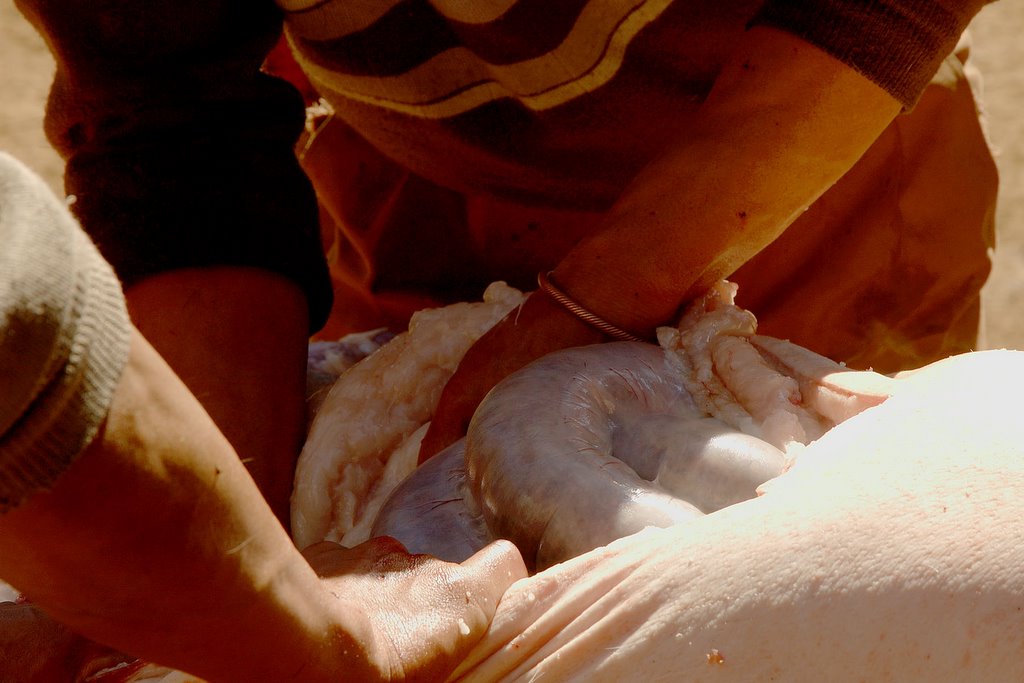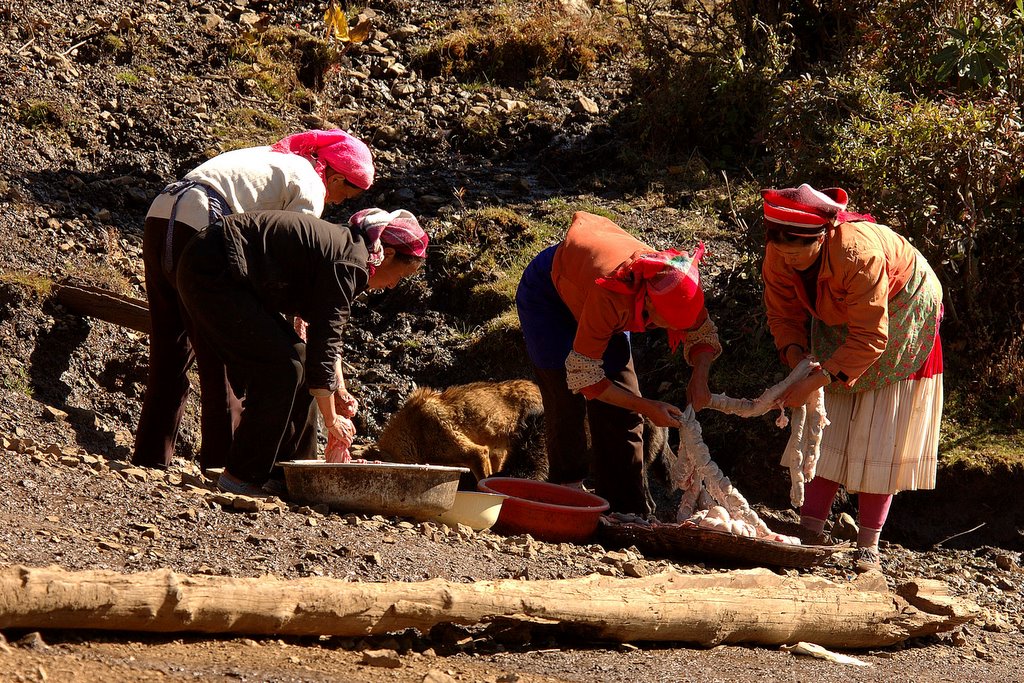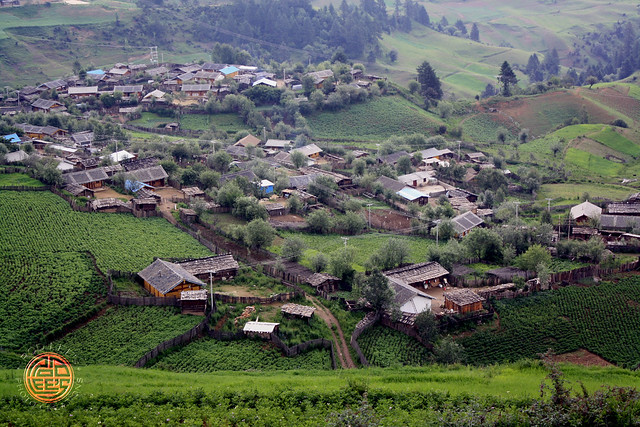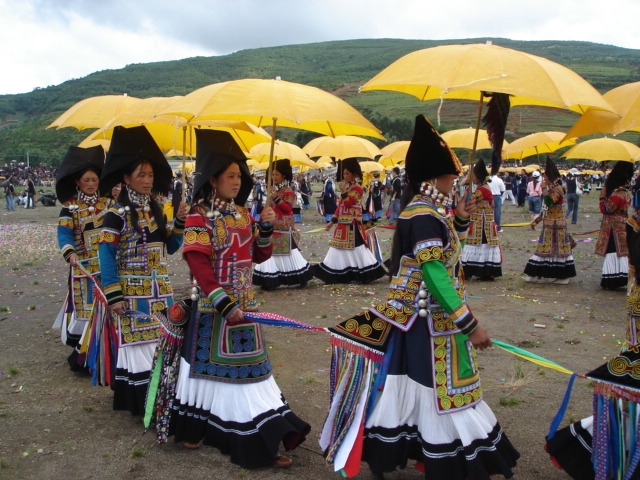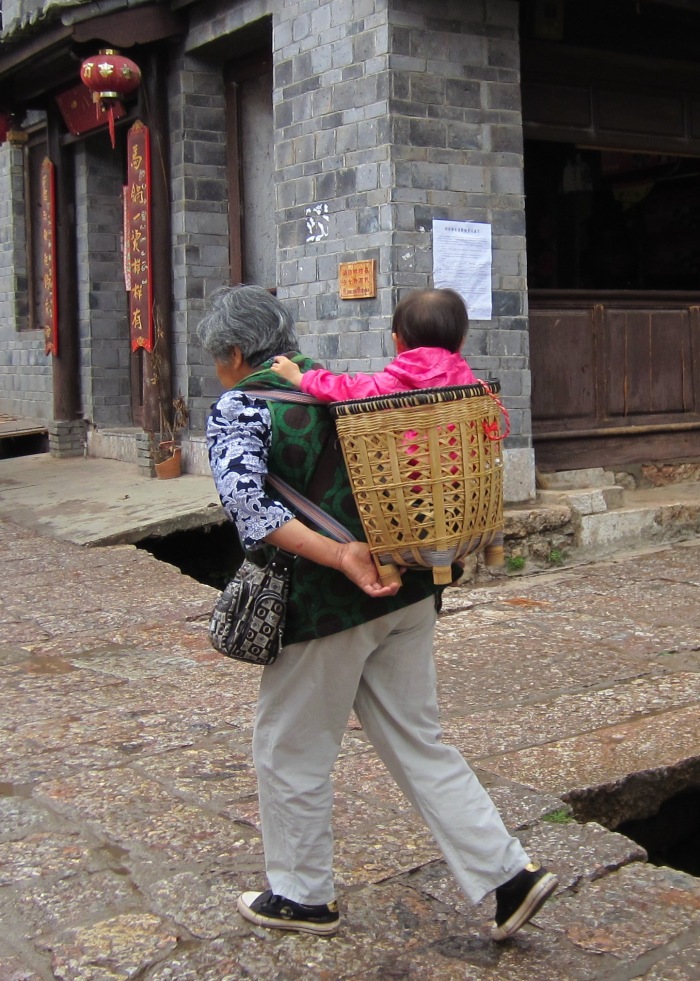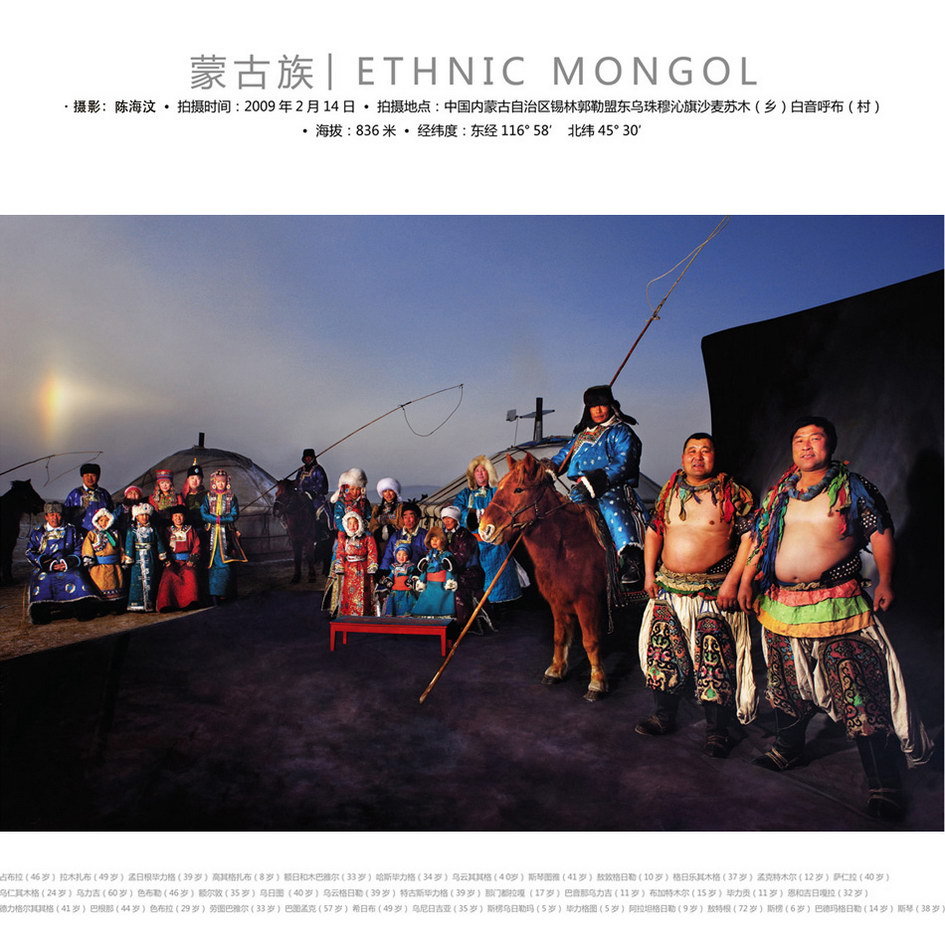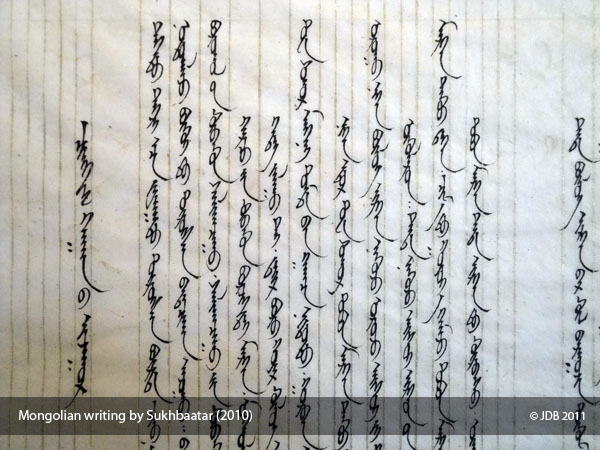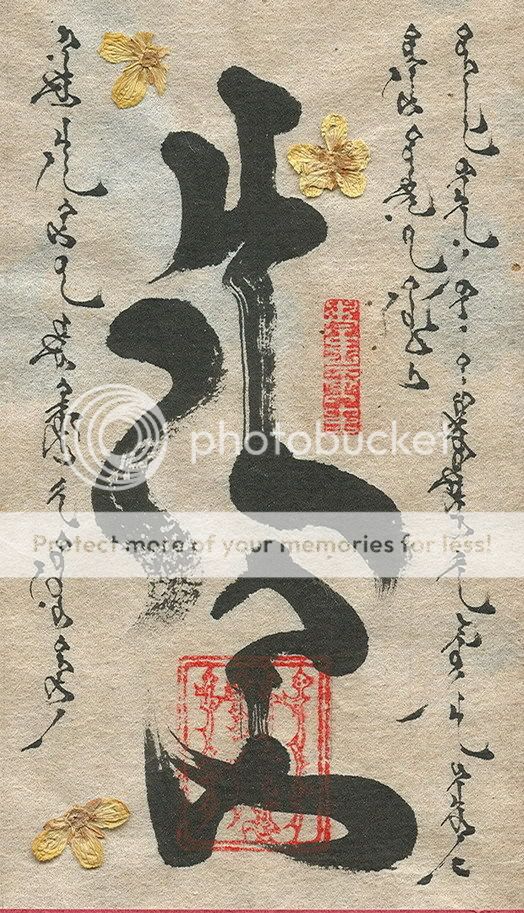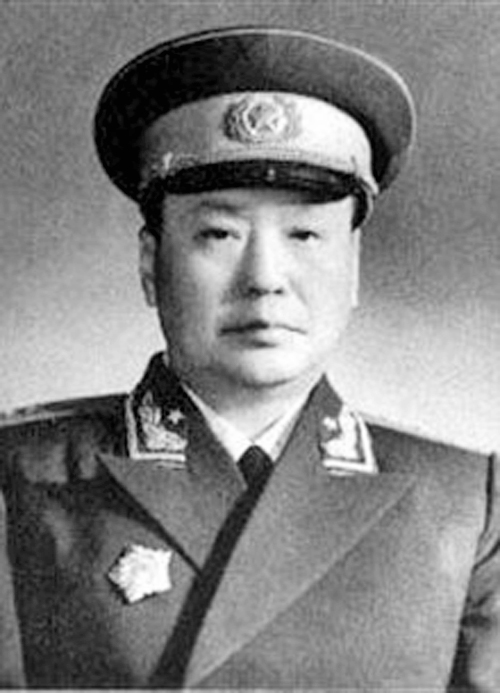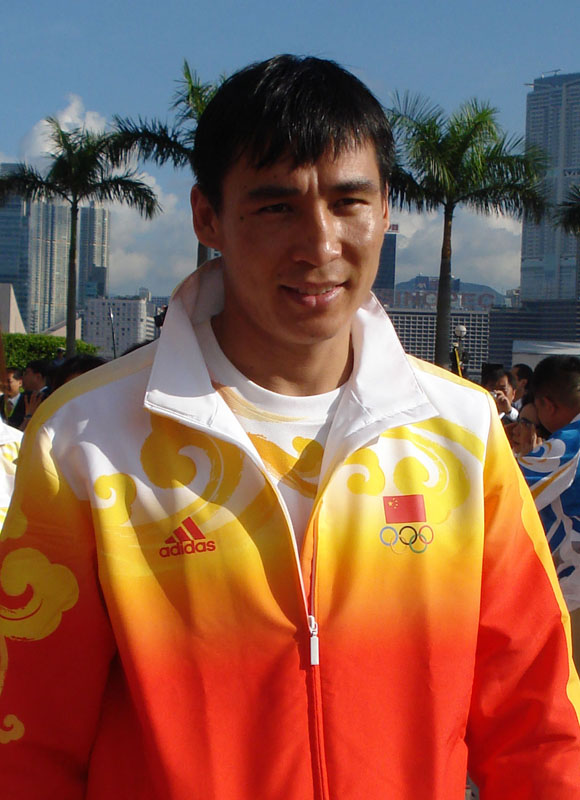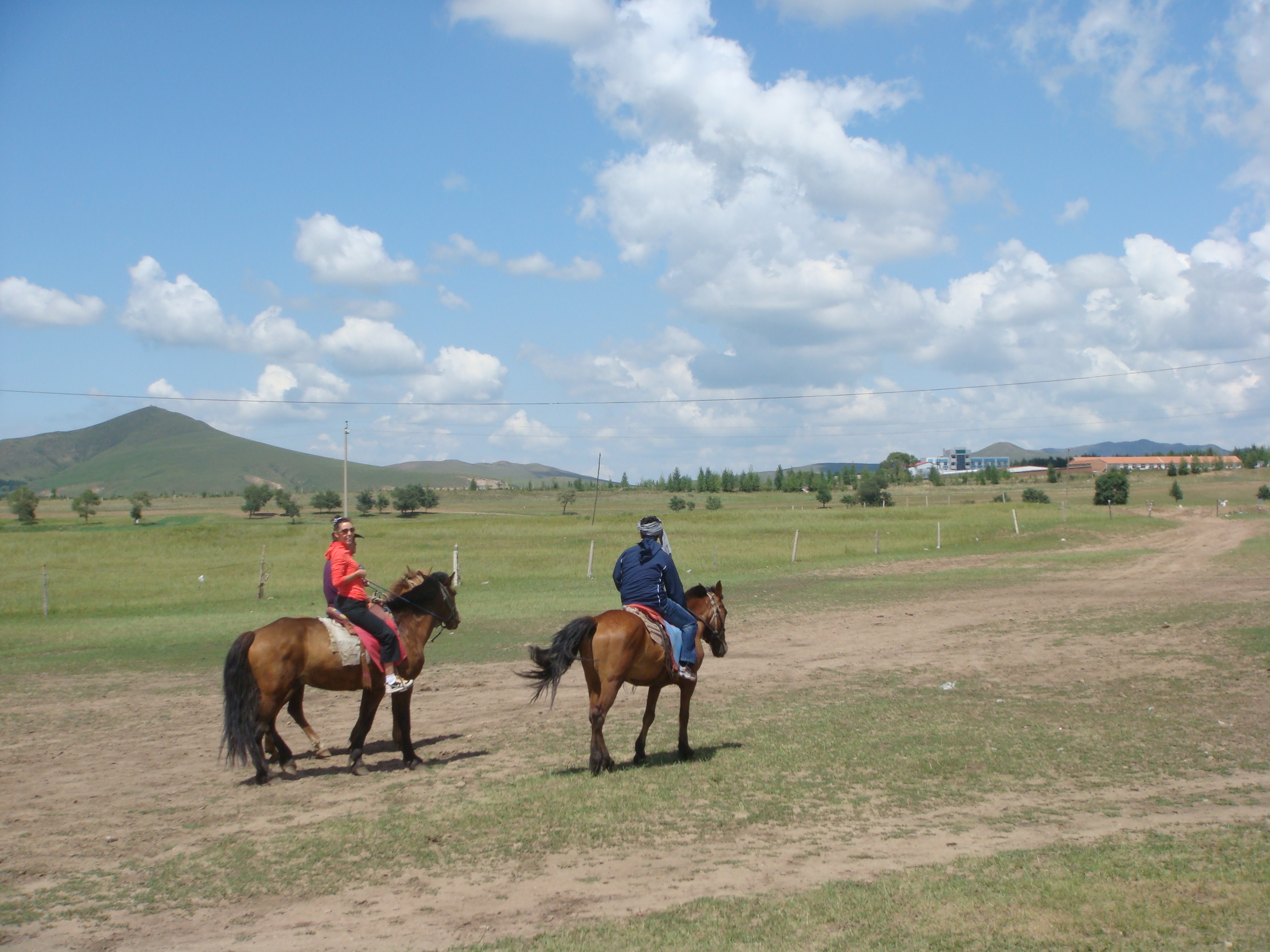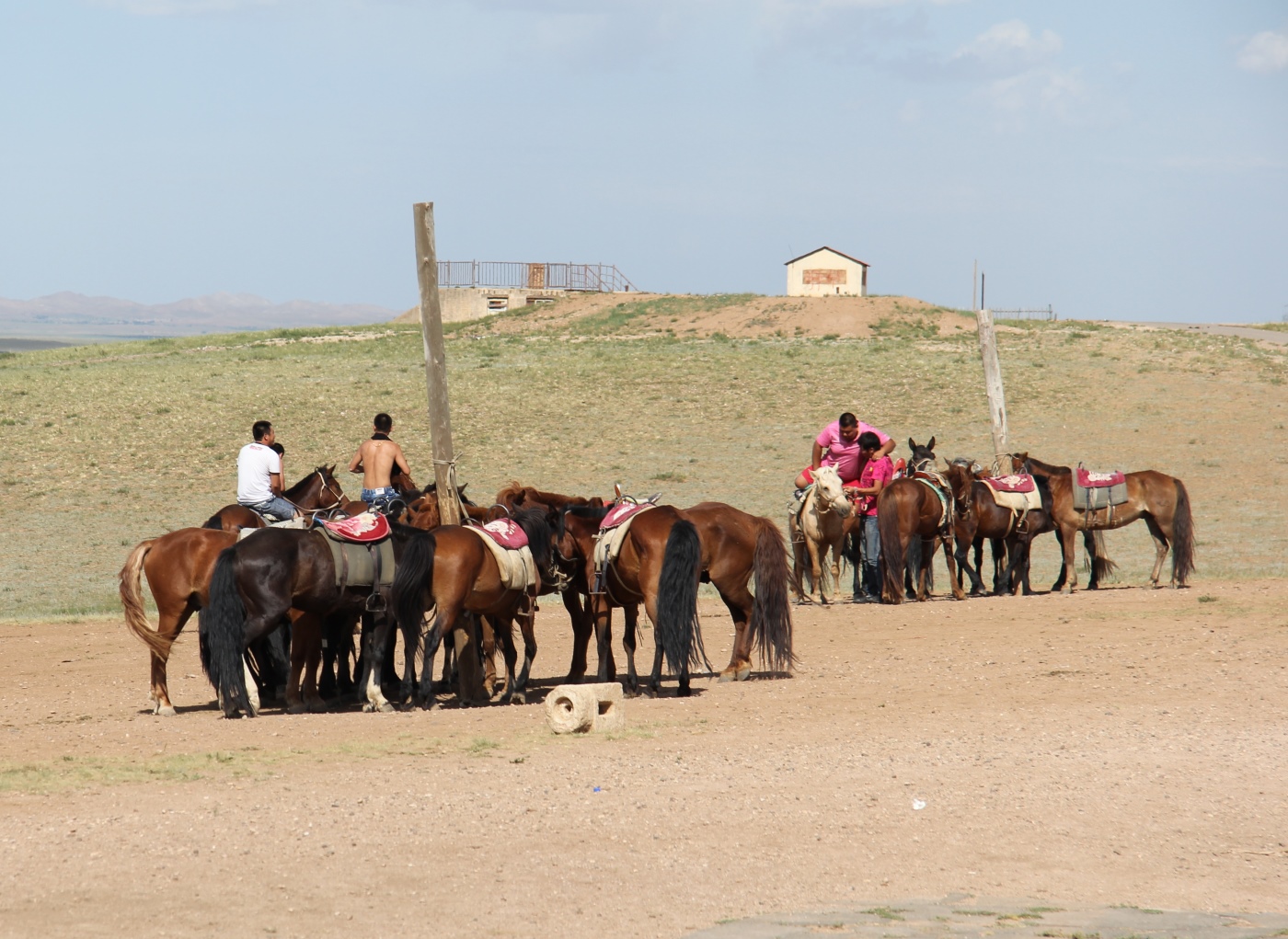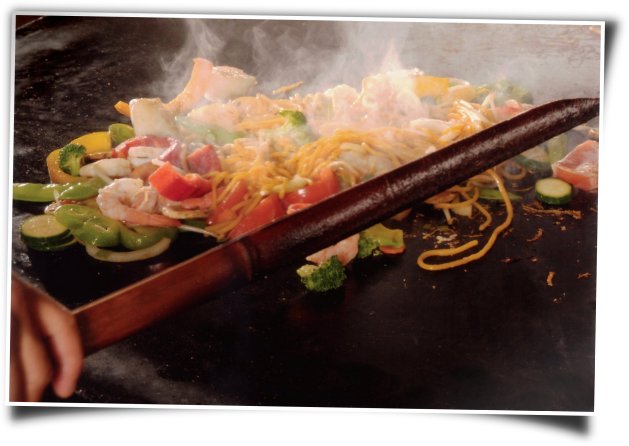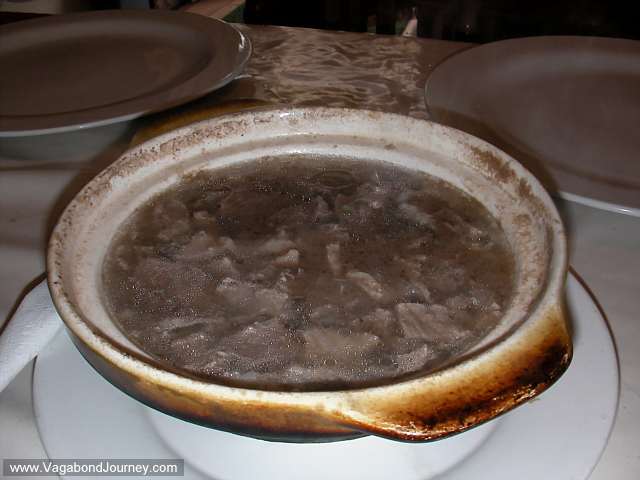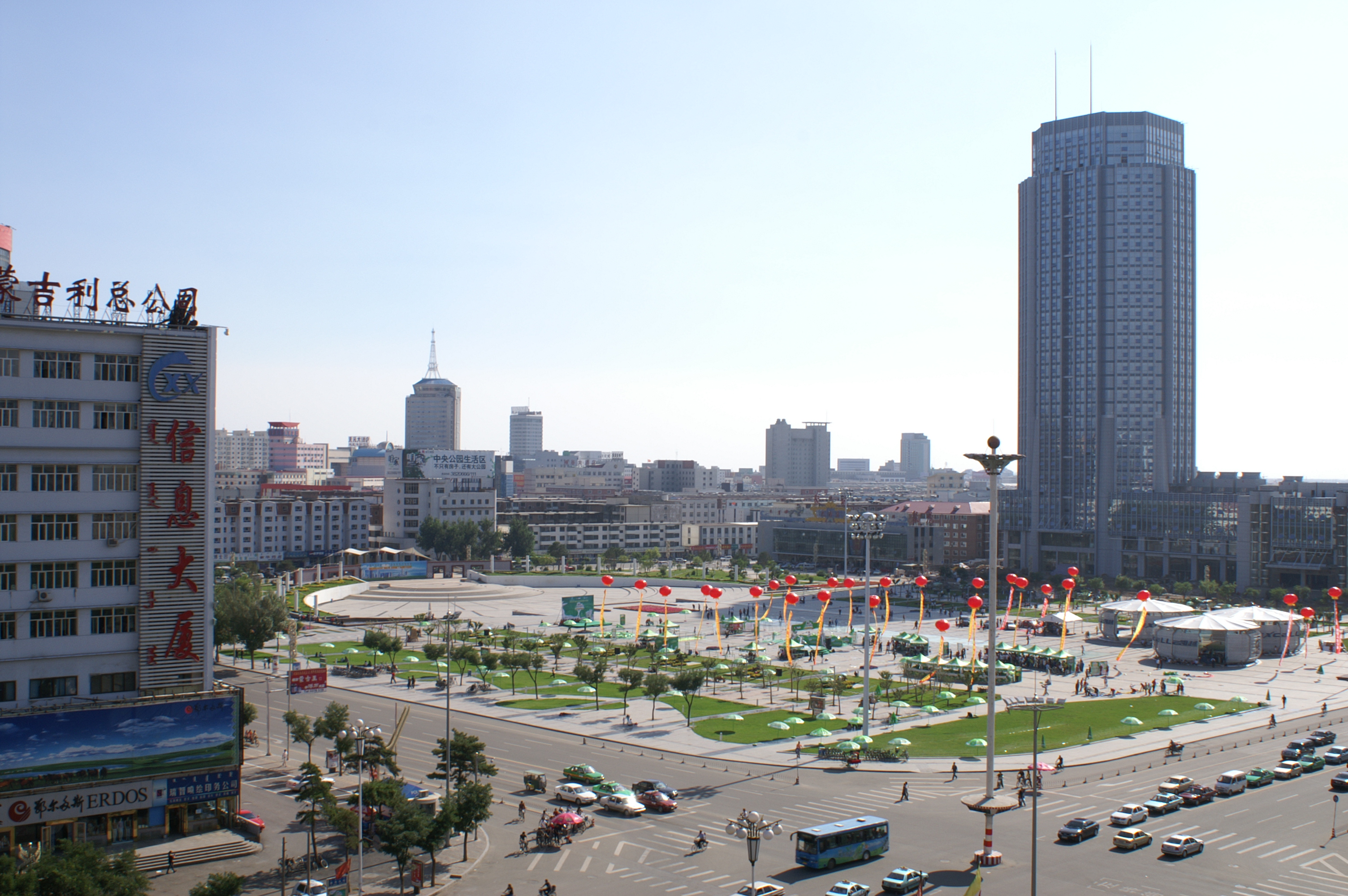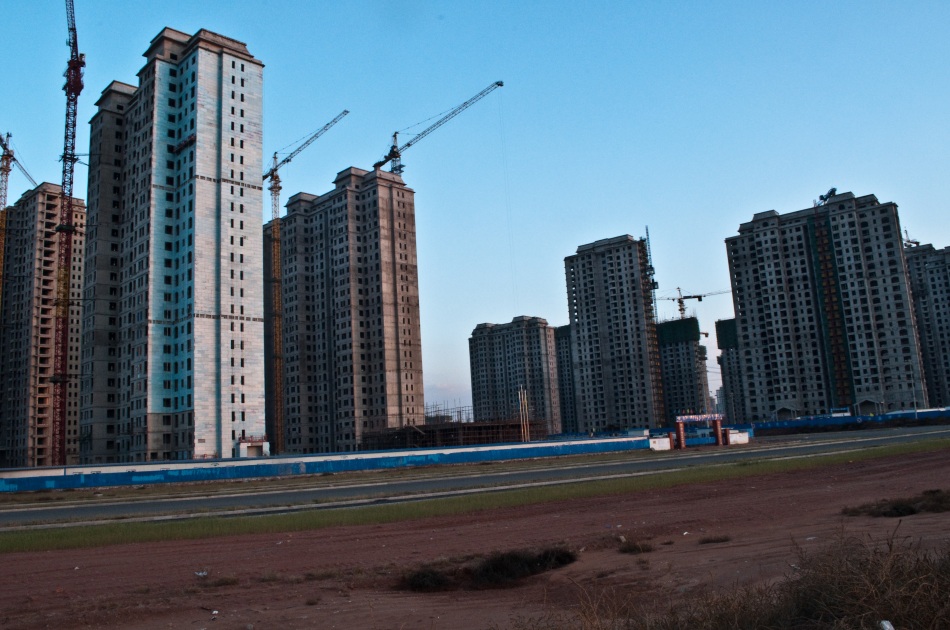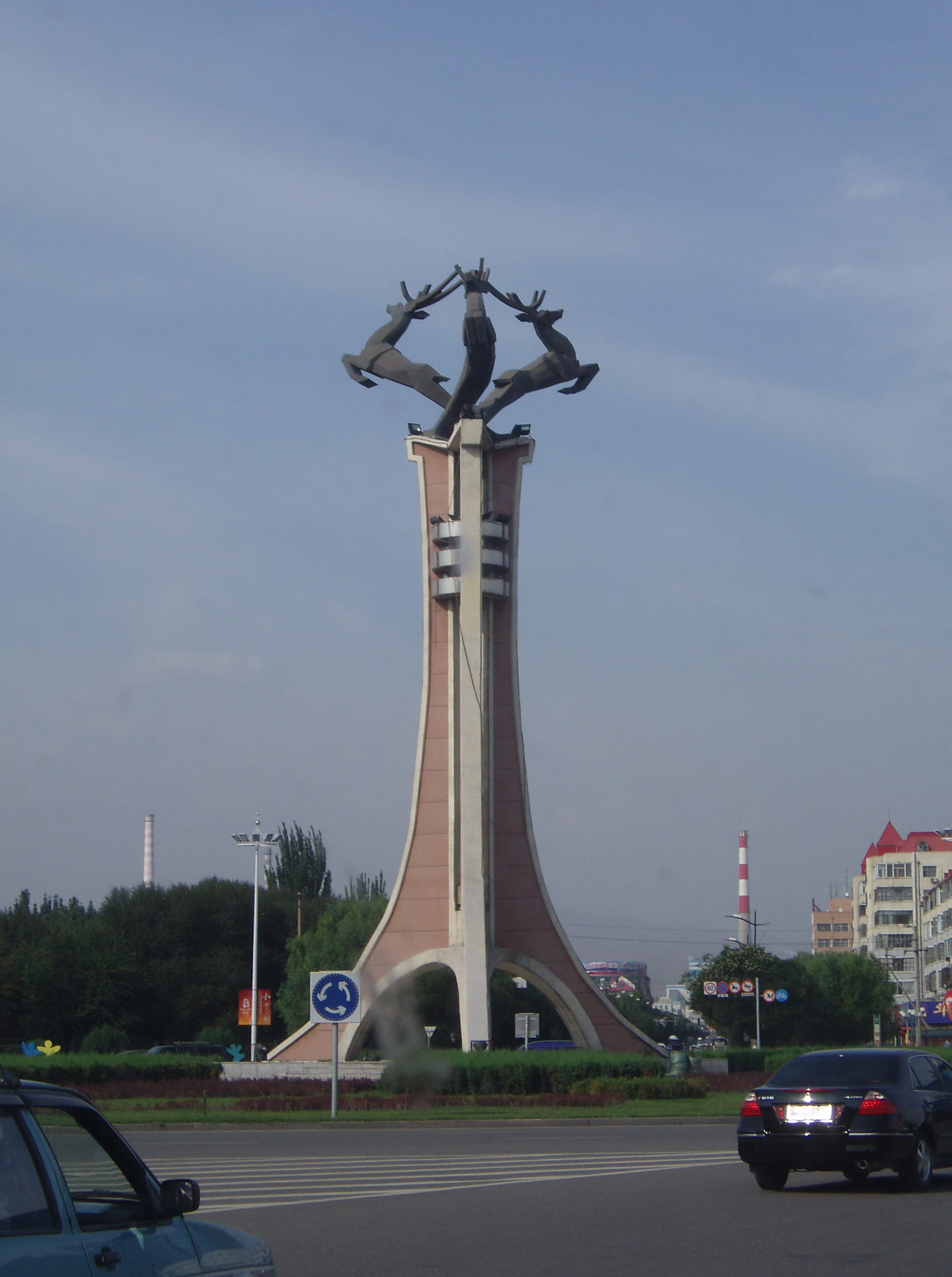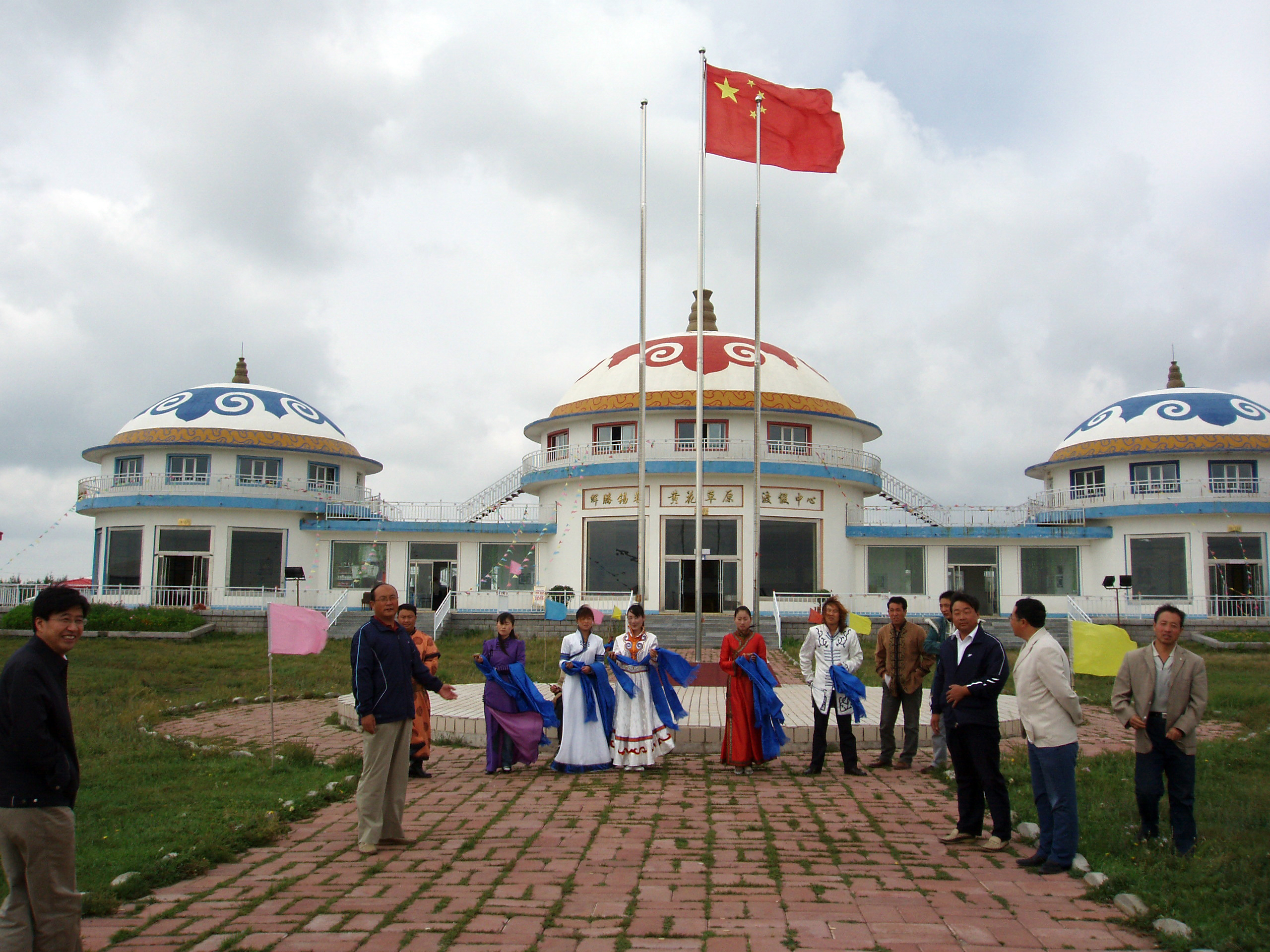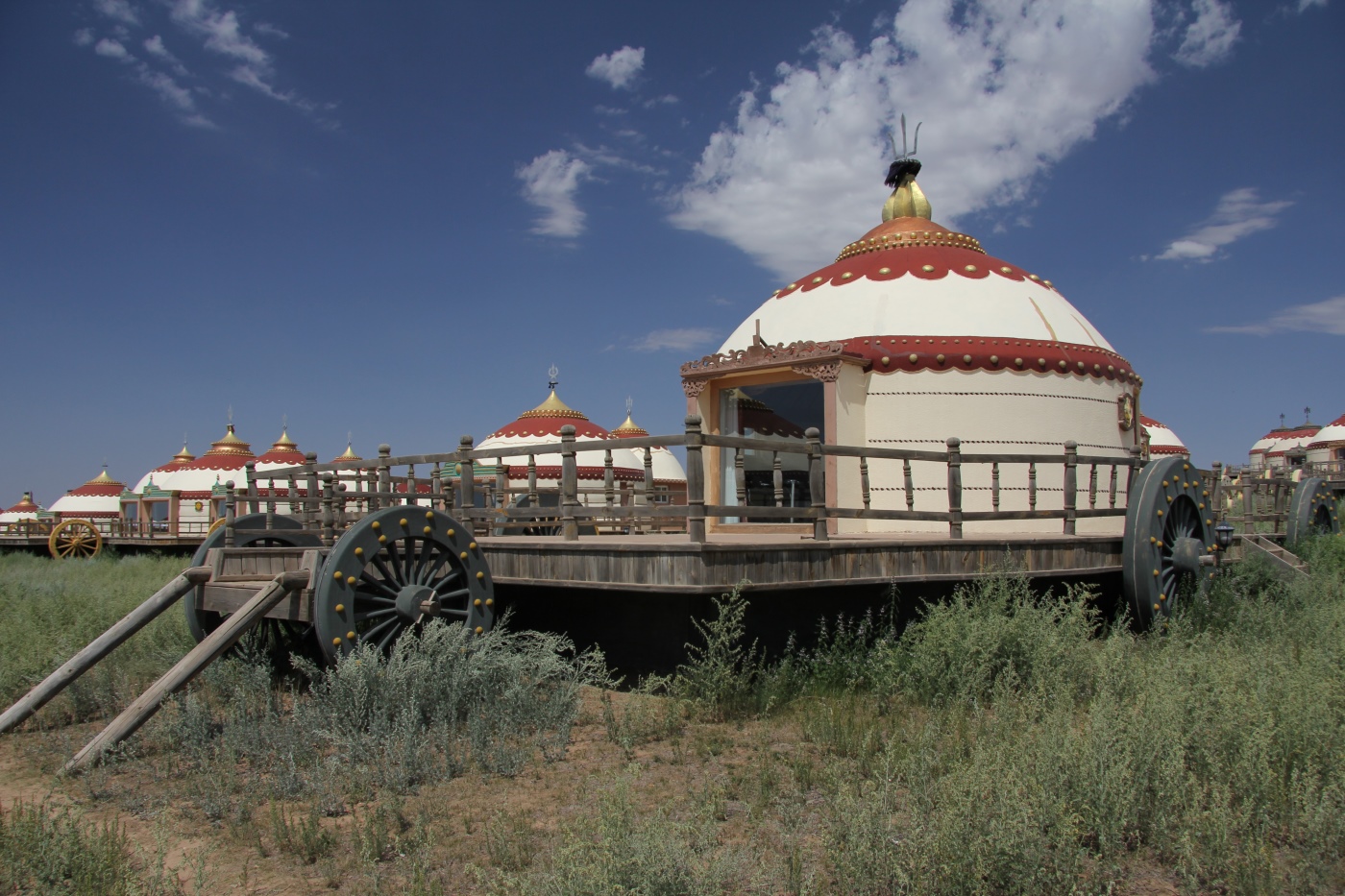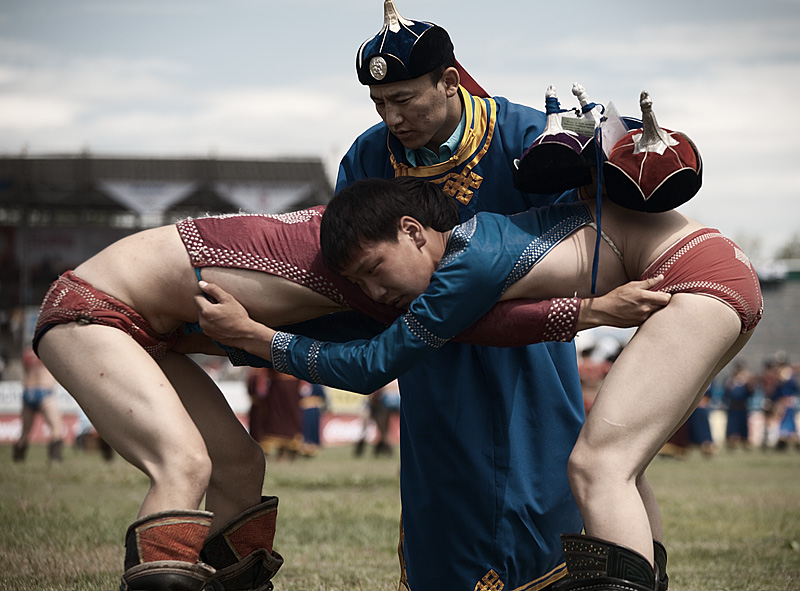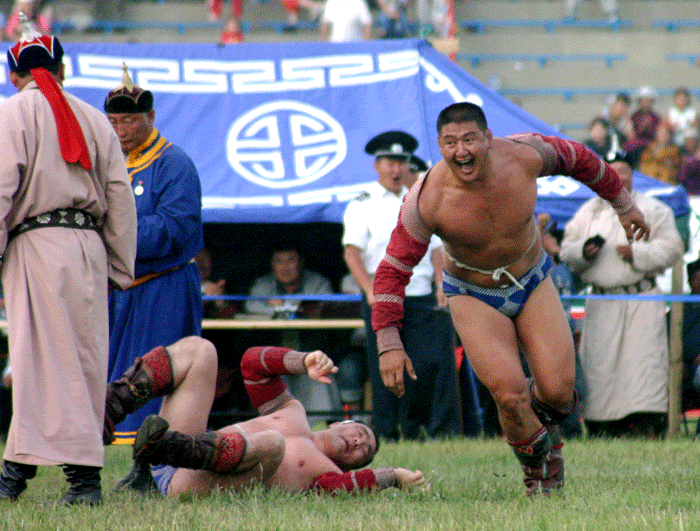Yi people 彝族
Yi or Lolo people 彝族 with about 8 million, is the 7th largest of the 55 ethnic group in China. They live primarily in rural areas of Sichuan, Yunnan, Guizhou, and Guangxi, usually in mountainous regions and a small numbers are living in NE Vietnam. Most Yi are farmers; herders of cattle, sheep and goats; and nomadic hunters. The Yi often carving out their existence on the sides of steep mountain slopes far from the cities of China. The altitudinal differences of the Yi areas directly affect the climate and precipitation of these areas. These striking differences are the basis of the old saying that "The weather is different a few miles away" in the Yi area. This is the primary reason why the Yi in various areas are so different from one another in the ways they make a living. Their distributions are: Yunnan - 4.5m, southern Sichuan - 2.5m and NW corner of Guizhou - 1m.
The Yi speak various Loloish languages, Tibeto-Burman languages closely related to Burmese. The prestige variety is Nuosu, which is written in the Yi script. The Yi also divide into subgroups: The Ni, the Lolo and others. The Yi script was originally logosyllabic like Chinese, however, under the Communist government, the script was standardized as a syllabary. Syllabic Yi is widely used in books, newspapers, and street signs. The Yi are animists, with elements of Daoism, shamanism and fetishism and they also believe in evil spirits
Some scholars believe that the Yi are descended from the ancient Qiang people of today's western China, who are also said to be the ancestors of the Tibetan, Naxi and Qiang peoples. They migrated from southeastern Tibet through Sichuan and into the Yunnan Province, where their largest populations can be found today. They practice a form of animism, led by a shaman priest known as the Bimaw. They still retain a few ancient religious texts written in their unique pictographic script. Their religion also contains many elements of Daoism and Buddhism. Many of the Yi in Liangshan 凉山州 and northwestern Yunnan practiced a complicated form of slavery. People were split into the nuohuo or Black Yi (nobles), qunuo or White Yi (commoners), and slaves. White Yi were free and could own property and slaves but were in a way tied to a lord. Other ethnic groups were held as slaves.
Official portrait of a Yi family
A Yi family of four
A group of musicians in Yunnan
A trilingual road direction sign in Yi area where Yi language is on top
An old Yi manuscripts in the Yunnan Nationalities Museum. Their characters are similar to the Chinese and in fact borrow many characters
Yi musical instruments in the Yunnan Nationalities Museum




